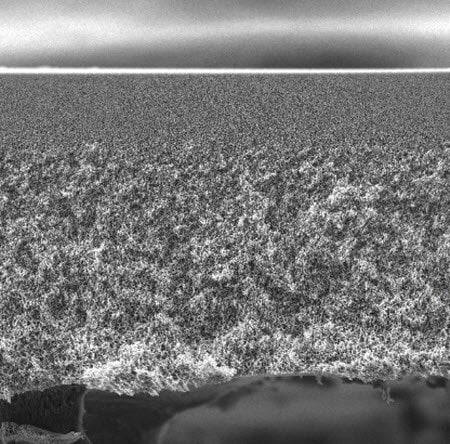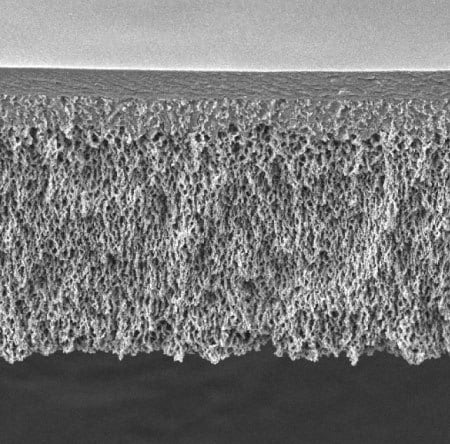Protein Sample Ultrafiltration
What is ultrafiltration?
Ultrafiltration (UF) is the process of separating extremely small particles and dissolved molecules from fluids. The primary basis for separation is molecular size, although filter permeability can be affected by the chemical, molecular or electrostatic properties of the sample. To be separated by ultrafiltration, molecules must differ in size by at least an order of magnitude and have a molecular weight between 1 kDa to 1000 kDa. Ultrafiltration membranes can be used to either purify the filtrate (solution passed through the filter) or collect the retentate (material retained by the filter).
Ultrafiltration is typically used to:
- Separate proteins from buffer components for buffer exchange, desalting, or concentration
- Remove or exchange sugars
- Remove or exchange non-aqueous solvents
- Separate free and protein-bound ligands
- Remove materials of low molecular weight
- Rapidly change ionic and/or pH environment
Ultrafiltration vs dialysis
Dialysis is the separation of particles and dissolved molecules from liquids based on their ability to pass through a membrane. Similar to ultrafiltration, dialysis is used to separate products by molecular weight. Both ultrafiltration and dialysis can be used for purification, solvent exchange, and desalting, but each method has advantages for certain applications. Download our ultrafiltration infographic to learn more about the advantages of dialysis and ultrafiltration.
Ultrafiltration vs Microfiltration Membranes
Ultrafiltration membranes, including Ultracel® regenerated cellulose membranes, are membranes that feature two distinct layers (Figure 1):
- a thin (0.1-1.5 µm), dense skin with a pore diameter of 10-400 angstroms
- highly porous substructure
In contrast to the porous substructure, the dense cellulose-based skin allows for precise molecular weight cut-offs (MWCO) due to its highly controlled and precise pore size. If particulates are below the MWCO and able to pass through the dense skin layer, they are then able to freely pass through the porous membrane.
Microporous membranes are rigid, continuous meshes of polymeric material with defined pore sizes and are used to retain bacteria, colloids, and particulates (Figure 2). Particles are either retained on the membrane surface or are trapped within its substructure (depth filter).

Figure 1.Cross-section of ultrafiltration membrane with skin and porous substructure

Figure 2.Cross-section of traditional microporous membrane with uniform pore structure from top to bottom
How to use ultrafiltration in your lab
We offer a variety of ultrafiltration membranes and devices, to ensure we meet the needs of your specific application. Based upon general application criteria and sample properties, our scientists have put together a table to suggest which Amicon® product would likely be the most suitable for your application. Use the links provided below to learn more about the capabilities of each of our ultrafiltration products.
Still not sure how ultrafiltration could be used in your lab? Check out our ultrafiltration protocols for protein sample preparation to see how you could speed up and improve your sample preparation.
To continue reading please sign in or create an account.
Don't Have An Account?